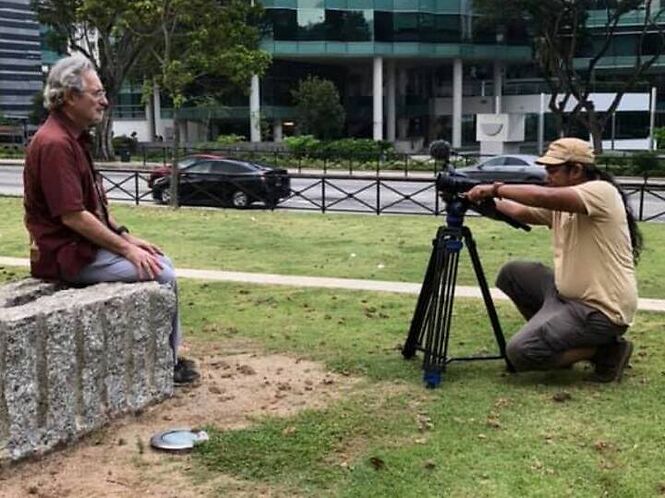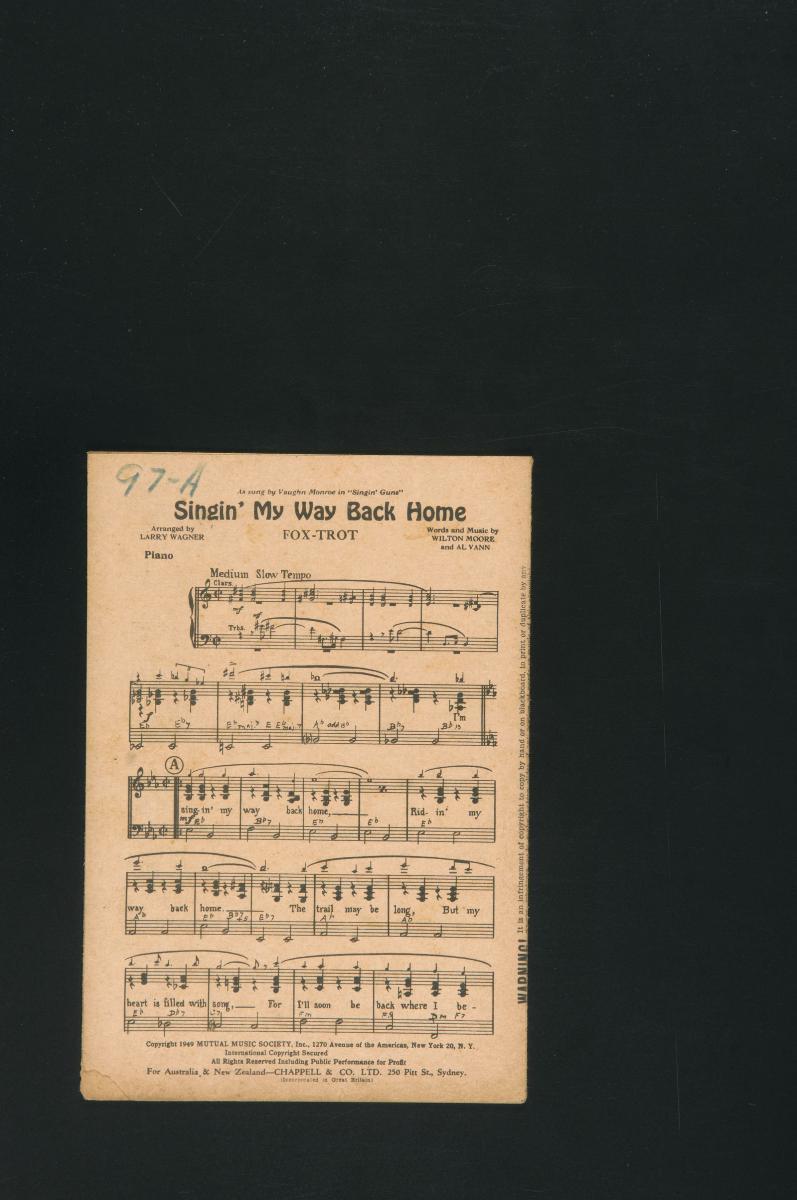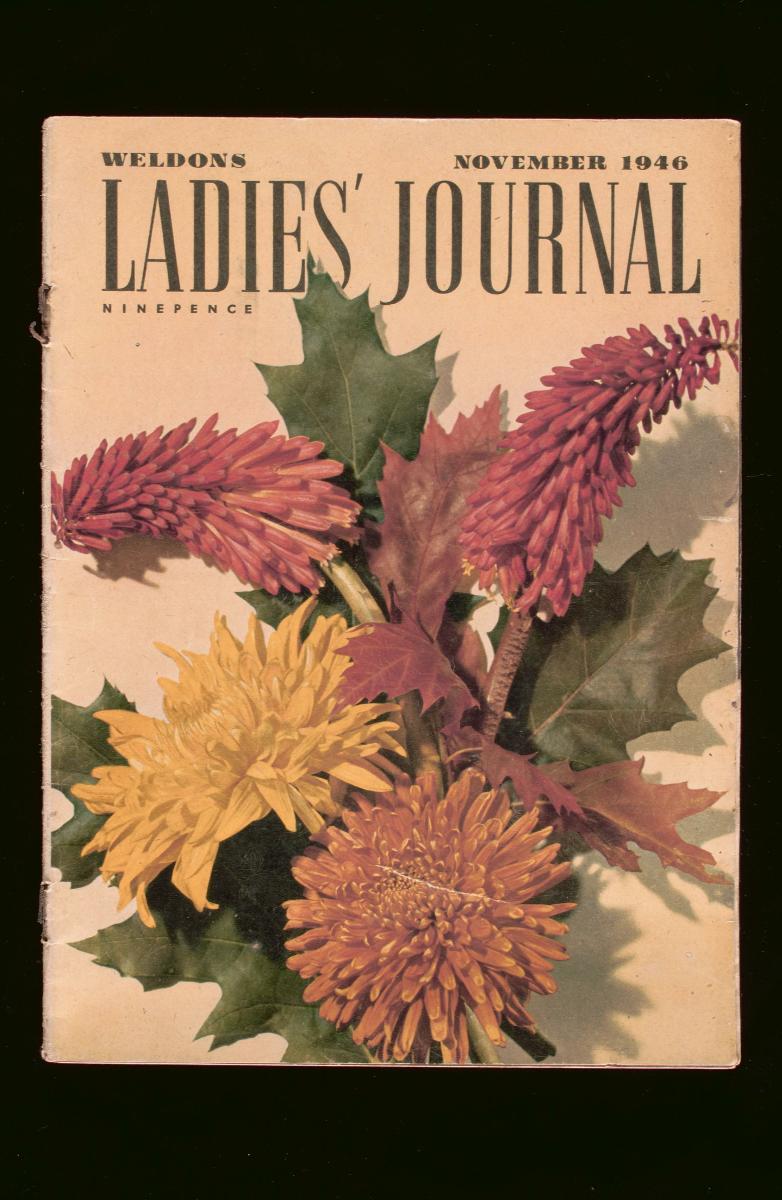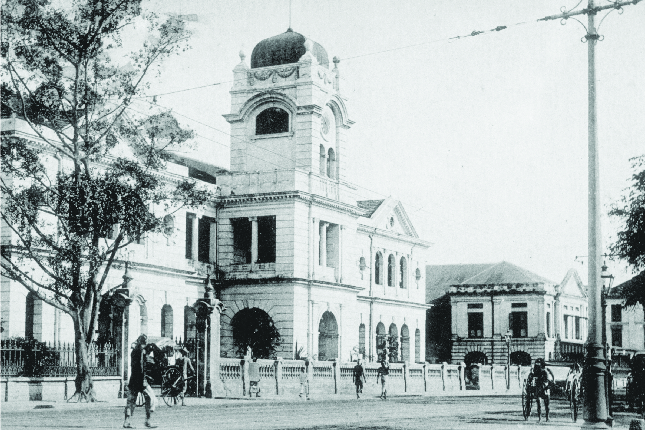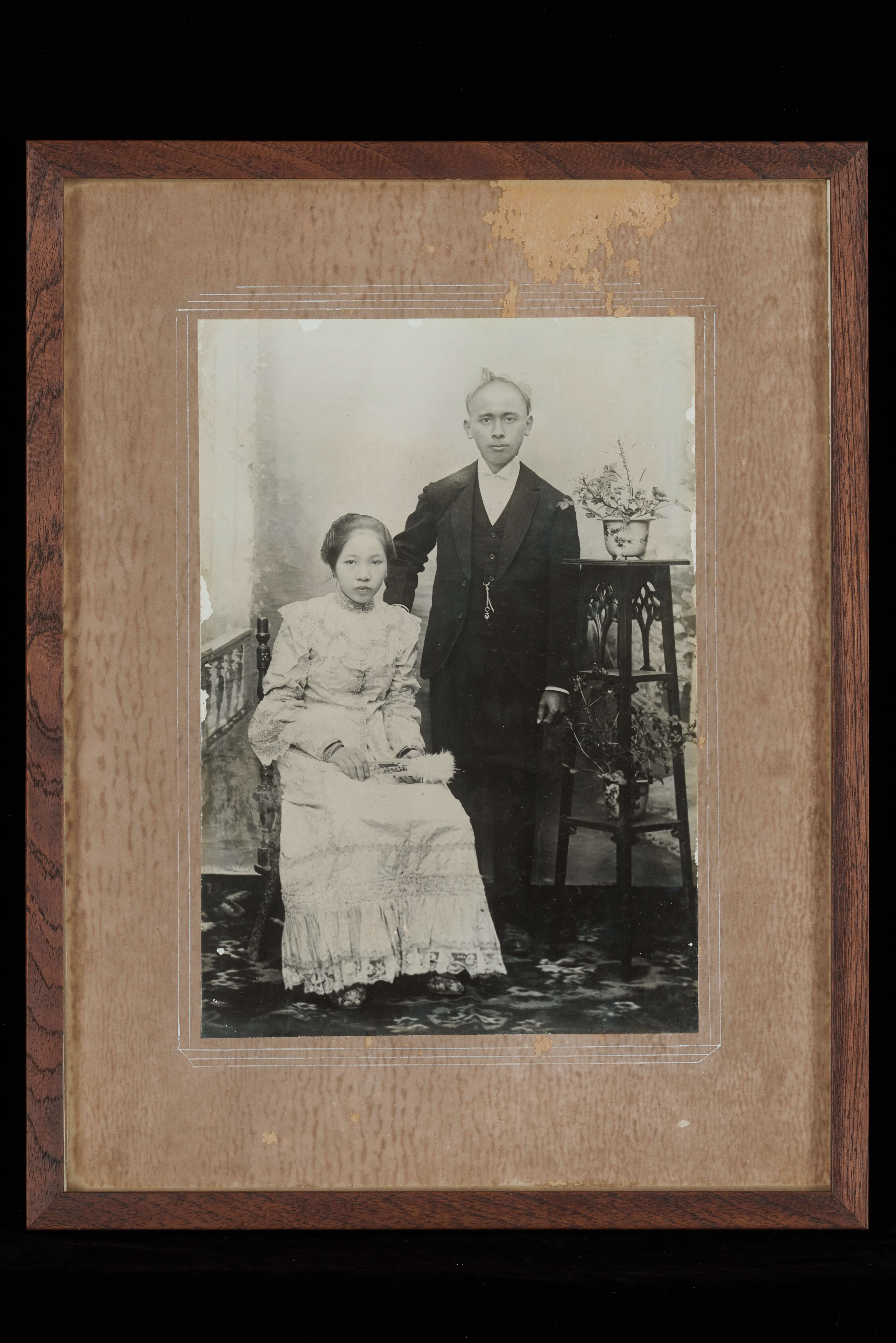Listen to Professor Emeritus John Miksic, eminent archaeologist and historian of Southeast Asia at the National University of Singapore, as he provides some insights into the nature of pre-colonial Malay warfare in 14th century Singapore.
Also, get the chance to learn more about the Ipoh Tree and the uses of its poison sap in pre-colonial Malay warfare by watching the video below.
Interview with Professor John Norman Miksic
In this video, Professor Miksic shares about the defensive importance of a wall that provided protection against Javanese attacks in 14th century Singapore. Professor Miksic remarks that Stamford Raffles looked for the remains of this very wall upon his 1819 arrival in Singapore, having read the Malay Annals and found it along what is now Stamford Road near the National Museum of Singapore. Raffles found an earthen wall that stretched for a kilometre, with a natural stream of water flowing along it that originated from what is now Mount Sophia. The wall was about 8 to 9 feet high and 16 feet wide at the base, or 2.75 metres in height and 4 metres.
Professor Miksic adds that the remains of the earthen wall which Raffles found was what existed after 500 years of erosion, and that the original wall must have been much bigger and more formidable. He postulates that thorny bamboo might have been planted at the top of the wall to deter attackers.
Professor Miksic also shares about the nature of pre-colonial Malay weaponry, with weapons like keris, spears and poisoned blowguns featuring prominently in warfare against the Portuguese in 1511 CE.
Ipoh Tree
In this video, the project’s principal investigator, Dr Effendy, takes us through a journey to explore the Ipoh Tree, how Singapore actually has one such example growing in the Singapore Botanic Gardens and how the tree’s sap was extracted for use as poison in pre-colonial warfare.
We learn that the Ipoh tree, or upas tree, contains a special sap that can be extracted for use as poison. When a wound is inflicted with the Ipoh tree’s poison, it causes paralysis, convulsions and results in a heart attack.
We also learn that the antidote for the Ipoh tree’s potent poison is actually the common limau nipis, or kalamansi. Once some kalamansi is squeezed into the wound area and with the ingression of some dry earth, there is an antidote effect.




